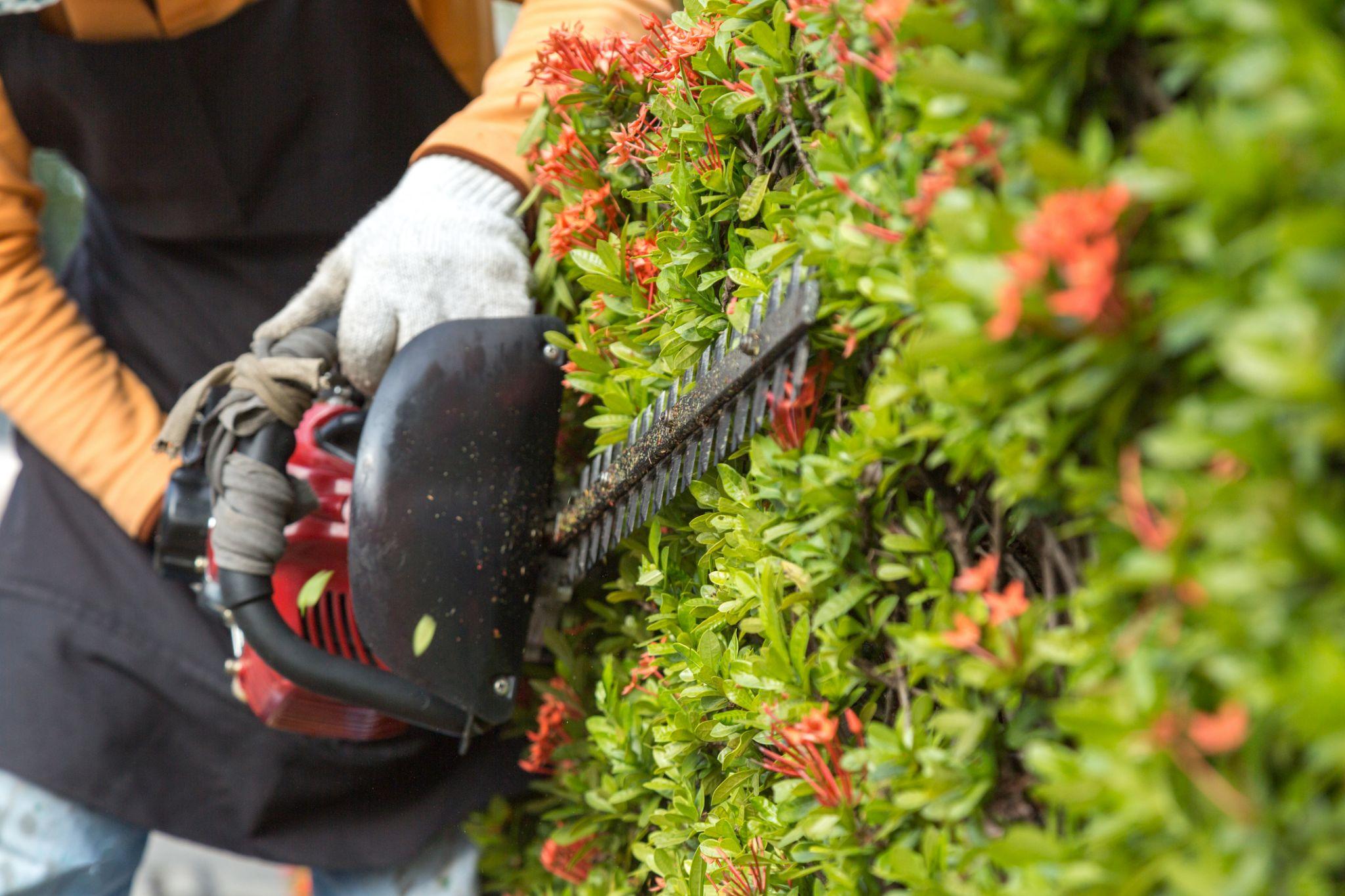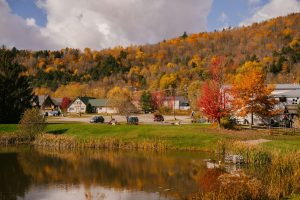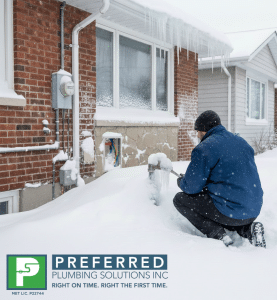Professional landscape design offers long-term value through expert planning, cohesive aesthetics, and sustainable plant choices tailored to your property’s conditions. DIY landscaping may save money upfront but often leads to costly mistakes, mismatched elements, or inefficient layouts.
A trained designer considers drainage, soil health, sun exposure, and local climate – factors that significantly impact usability and maintenance. While small garden updates suit DIY efforts, complex projects involving grading, hardscaping, or irrigation benefit greatly from professional insight and execution.
Imagine stepping into a backyard that feels like an extension of your home – thoughtfully laid out, easy to maintain, and beautiful in every season. Achieving that harmony rarely happens by chance. It’s the result of careful landscape planning and design, where every plant, path, and patio serves a purpose.
Many homeowners start with enthusiasm and a weekend plan, only to realize mid-project that moving a single tree or installing a slope-safe patio requires more expertise than expected. That’s where partnering with a trusted landscaping company like Tazscapes makes a real difference. These professionals bring technical knowledge, creative vision, and problem-solving skills that turn rough sketches into resilient, functional outdoor spaces.
In this article, we’ll explore the practical and aesthetic advantages of professional landscape design compared to do-it-yourself approaches – so you can decide what’s truly best for your yard, your time, and your peace of mind.
Why Landscape Design Matters More Than You Think
A well-designed outdoor space does far more than look pretty – it shapes how you live, relax, and connect with your property. Thoughtful landscape planning and design considers not just aesthetics, but also function, climate resilience, and long-term maintenance.
Many homeowners underestimate how much goes into creating a yard that’s both beautiful and practical. It’s not just about choosing pretty flowers or laying down patio stones. Professionals evaluate sun patterns, wind direction, soil composition, drainage flow, and even how your family uses the space – whether it’s for weekend barbecues, quiet morning coffee, or kids’ playtime.
For instance, improper grading can lead to water pooling near your foundation, while poorly placed trees might block winter sunlight or drop excessive debris on walkways. A skilled designer anticipates these issues before they become costly repairs.
This is also where the conversation around why hire a landscape designer becomes especially relevant. These experts don’t just draw plans – they solve problems creatively, using plants, hardscape, and spatial layout to turn limitations into assets. A sloped backyard? It could become a terraced garden with built-in seating. A narrow side yard? Transformed into a serene, shaded pathway with ambient lighting.
Key Differences: Professional Design vs. DIY Landscaping
Deciding between hiring a pro and tackling your yard yourself isn’t just about budget – it’s about understanding what each path truly entails. While both approaches can yield results, they differ significantly in planning depth, execution quality, and long-term outcomes.
Planning and Vision Integration
Professional landscape designers begin with a site analysis that considers everything from soil pH and microclimates to utility lines and municipal bylaws. This foundational step ensures every element – from tree placement to drainage solutions – works in harmony.
In contrast, DIYers often start with inspiration photos or isolated ideas, which can lead to disjointed results or overlooked constraints (like planting a water-loving shrub in a dry, rocky corner).
This structured approach aligns closely with the concept of landscape design vs DIY: one is a process-driven system, the other a collection of tasks.
Time, Tools, and Technical Know-How
Installing a patio might seem straightforward – until you’re knee-deep in compacting base layers or aligning slopes for proper runoff. Professionals arrive with specialized equipment, calibrated grading tools, and years of hands-on problem-solving. They know how to prep subsoil for pavers, which edging materials prevent grass invasion, and how to space plants for mature growth – not just day-one appeal.
DIY projects often stretch longer than expected, especially when unexpected issues arise (like hitting buried debris or misjudging sun exposure). What starts as a weekend project can become a summer-long ordeal – without guaranteed results.
Material Selection and Sourcing
A seasoned designer doesn’t just pick “pretty” stones or trendy plants. They select materials suited to your region’s freeze-thaw cycles, precipitation levels, and maintenance capacity. They also have access to wholesale nurseries, specialty hardscape suppliers, and sustainable options not always available at big-box stores.
DIYers may unknowingly choose invasive species, non-frost-resistant pavers, or mulch that attracts pests – all of which compromise longevity.
Cost Over Time
While DIY appears cheaper upfront, hidden costs add up: wasted materials, replacement plants, tool rentals, and even damage repairs (e.g., broken sprinkler lines or improper grading causing basement seepage). Professionals price projects holistically, factoring in durability, efficiency, and lifecycle value.
When DIY Makes Sense (and When It Doesn’t)

Not every landscaping task requires a professional – and that’s perfectly okay. In fact, many homeowners find great joy and satisfaction in hands-on gardening or small-scale updates. The key is knowing where your skills, time, and project scope align.
Situations Where DIY Works Well
- Seasonal planting: Adding annuals, herbs, or container gardens is low-risk and easily adjustable.
- Minor mulching or weeding: Routine maintenance tasks that don’t alter the landscape structure.
- Simple path installation: Using pre-cut stepping stones on level ground with no drainage concerns.
- Decorative accents: Installing solar lights, bird feeders, or outdoor art that doesn’t require anchoring or permits.
These projects offer creative control without major consequences if something doesn’t go as planned. They’re also great ways to test your interest before committing to larger changes.
Red Flags That Signal “Call a Pro”
- Grading or slope work: Improper grading can redirect water toward your foundation or cause erosion.
- Hardscaping over 100 sq ft: Patios, retaining walls, or driveways often require excavation, compaction, and frost-depth considerations – especially in regions with freeze-thaw cycles.
- Irrigation or drainage systems: These involve precise calculations and often municipal codes. A misstep can lead to flooding or wasted water.
- Tree removal or major planting near utilities: Safety and legal compliance are critical here.
A helpful rule of thumb: if your project involves permanent changes to your property’s structure, drainage, or usability, it’s worth consulting someone with formal training in landscape planning and design.
A Quick Self-Assessment Checklist
Before grabbing your gloves and shovel, ask yourself:
- Do I understand my soil type and hardiness zone?
- Have I checked for underground utilities or easements?
- Am I prepared to redo this if it fails in six months?
- Does this project affect my home’s drainage or foundation?
- Will this design still work when plants mature in 3–5 years?
If you answered “no” or “I’m not sure” to more than two of these, it may be time to explore working with a qualified designer – especially when weighing why hire a landscape designer against the hidden costs of trial and error.
Final Thoughts: Investing in Your Outdoor Future
Your yard isn’t just empty space – it’s potential. Whether you dream of a quiet morning nook under dappled shade, a durable play area for kids, or an elegant setting for summer gatherings, how you approach that transformation matters. The choice between professional guidance and a DIY effort ultimately comes down to your goals, resources, and the complexity of what you’re trying to achieve.













